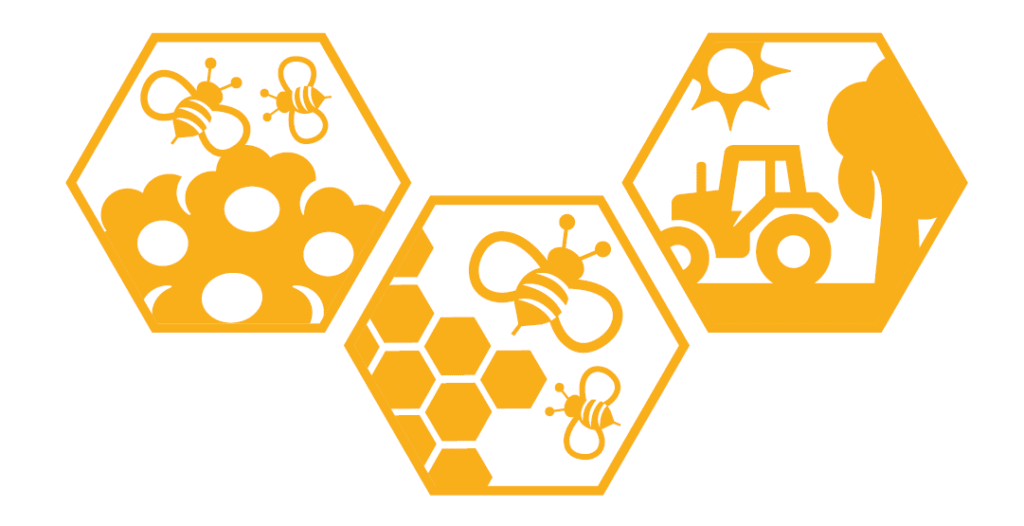The Netherlands adopts national Pollinator Strategy
Last January, the Netherlands introduced a national Pollinator Strategy, which entails the protection of all pollinators and especially the many species of wild bees in the country. The goal of this agreement, signed by 43 parties, is to ensure the future existence of all pollinator-species now present in the Netherlands.

Need for action
Bees play a key role in the pollinating of plants, and therefore are essential for the conservation of flora and fauna in the Netherlands. Furthermore they have a crucial economic function in agriculture and horticulture. The parties involved in the creation of the NL Pollinator Strategy all recognize the need to take action in order to protect bees. The NL Pollinator Strategy differs from the 2013 Bee Health Action Programme in that it focuses on all pollinators, and the wild-bee species in particular, instead of on the honey-bee only.
Wild bees are among the most important pollinators in the Netherlands. However, more than half of their species are on the Red List, meaning that they are threatened with extinction. The new strategy aims to ensure the long-term conservation of all bee species and other pollinators.
Bed & Breakfast for Bees
In order to survive, wild bees require two things: nesting sites and an adequate food supply. To provide these things the NL Pollinator Strategy combines three themes:
1) promoting biodiversity
2) improving agriculture-nature interaction
3) helping beekeepers to improve the health of the honeybee.
Targets
2023 and 2030 as set as benchmark years, in which progress is measured and demonstrable results are produced. In addition, all parties involved will discuss the progress of their initiatives annually as a means of ensuring that objectives are in fact achieved. The strategy was created with help of 35 partners, and an additional 8 partners joined after its creation. All partners are set to implement the strategy jointly.
Download the NL Pollinator Strategy
In the booklet below you may read more about the NL Pollinator Strategy. Within, the strategy is first summarized in terms of importance, goals, and implementation methods. Then the official agreements are set out, and finally there is a complete list of the more than seventy initiatives to which the signatories to this strategy are committing themselves and which will be implemented in the years ahead.
